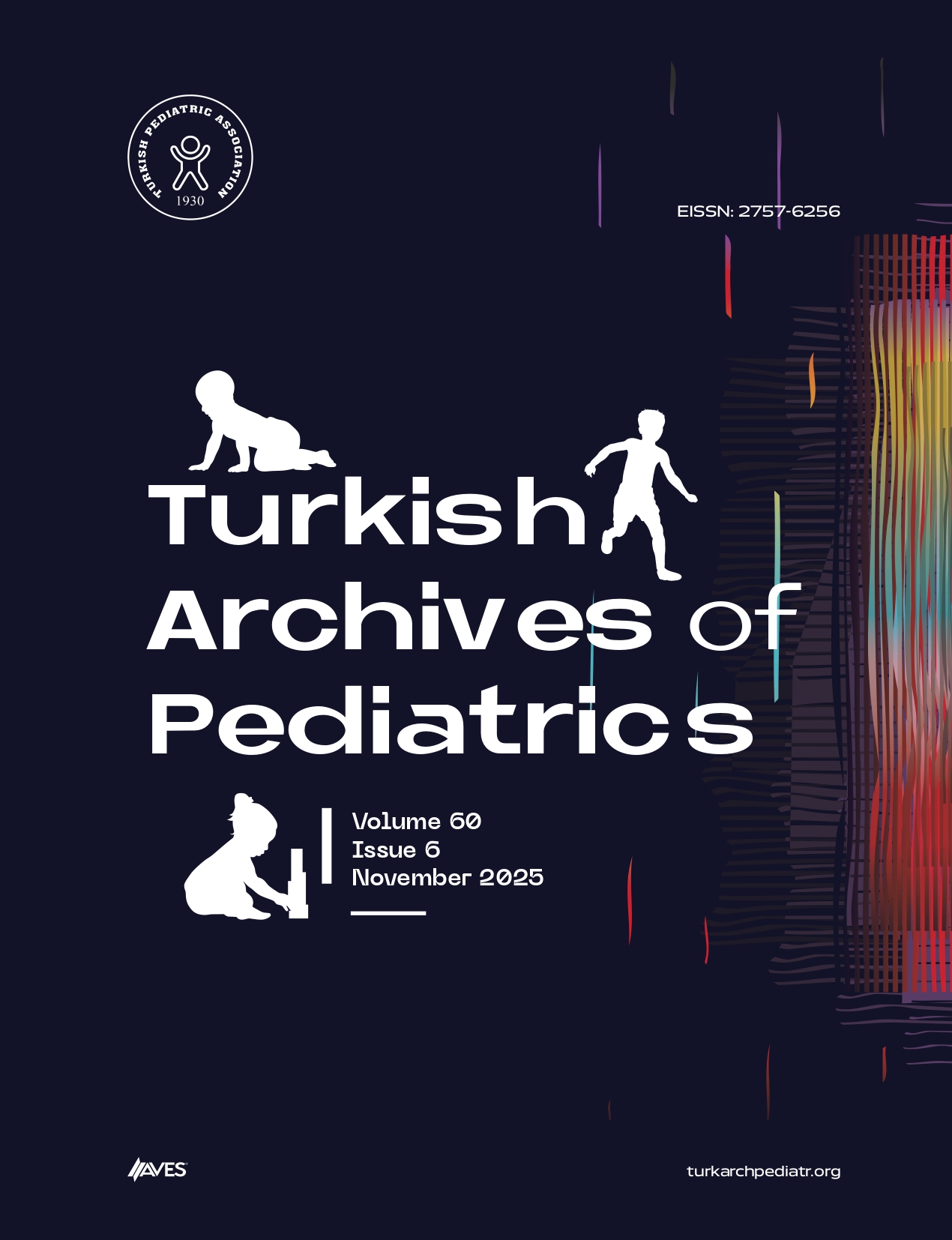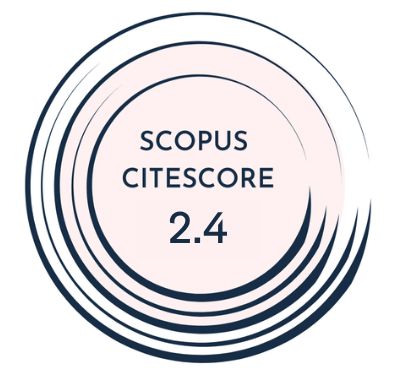Objective: This study aimed to evaluate the effectiveness of various trauma scoring systems in predicting mortality in pediatric patients with multiple trauma and to determine their cut-off values.
Materials and Methods: A methodological study was conducted on pediatric patients under 18 years of age admitted to the pediatric intensive care unit for multiple trauma. Demographic data, clinical parameters, and trauma scores, including the Revised Trauma Score (RTS), Pediatric Trauma Score (PTS), Glasgow Coma Scale (GCS), Abbreviated Injury Scale (AIS), Injury Severity Score (ISS), Pediatric Risk of Mortality Score III (PRISM-3), and Pediatric Logistic Organ Dysfunction (PELOD-2), were collected and analyzed.
Results: Among the 107 patients, there were 15 deaths (14%). Significant differences were observed between survivors and non-survivors in all trauma scores. Non-survivors had higher AIS, ISS, PRISM-3, and PELOD-2 scores, while survivors had higher PTS, RTS, and GCS scores (P < .001). In the multivariate binary logistic regression analysis, both ISS (odds ratio [OR] 1.060 [95% CI: 1.029-1.092], P < .001) and RTS (OR 0.059 [95% CI: 0.007-0.517], P =.011) were independently associated with mortality. Injury Severity Score demonstrated the highest area under the curve (AUC) value of 0.98 in the receiver operating characteristic (ROC) analysis.
Conclusion: Both ISS and RTS were identified as independent predictors of mortality in pediatric trauma patients. Injury Severity Score was the strongest predictor, while RTS also provided significant prognostic value. Integration of these scores into early assessment may enhance risk stratification and support clinical decision-making in pediatric trauma care.
Cite this article as: Dündar MA, Can ST, Akyıldız BN. Evaluating trauma scores for mortality prediction in pediatric patients. Turk Arch Pediatr. 2025;60(4):391-397.



.png)

